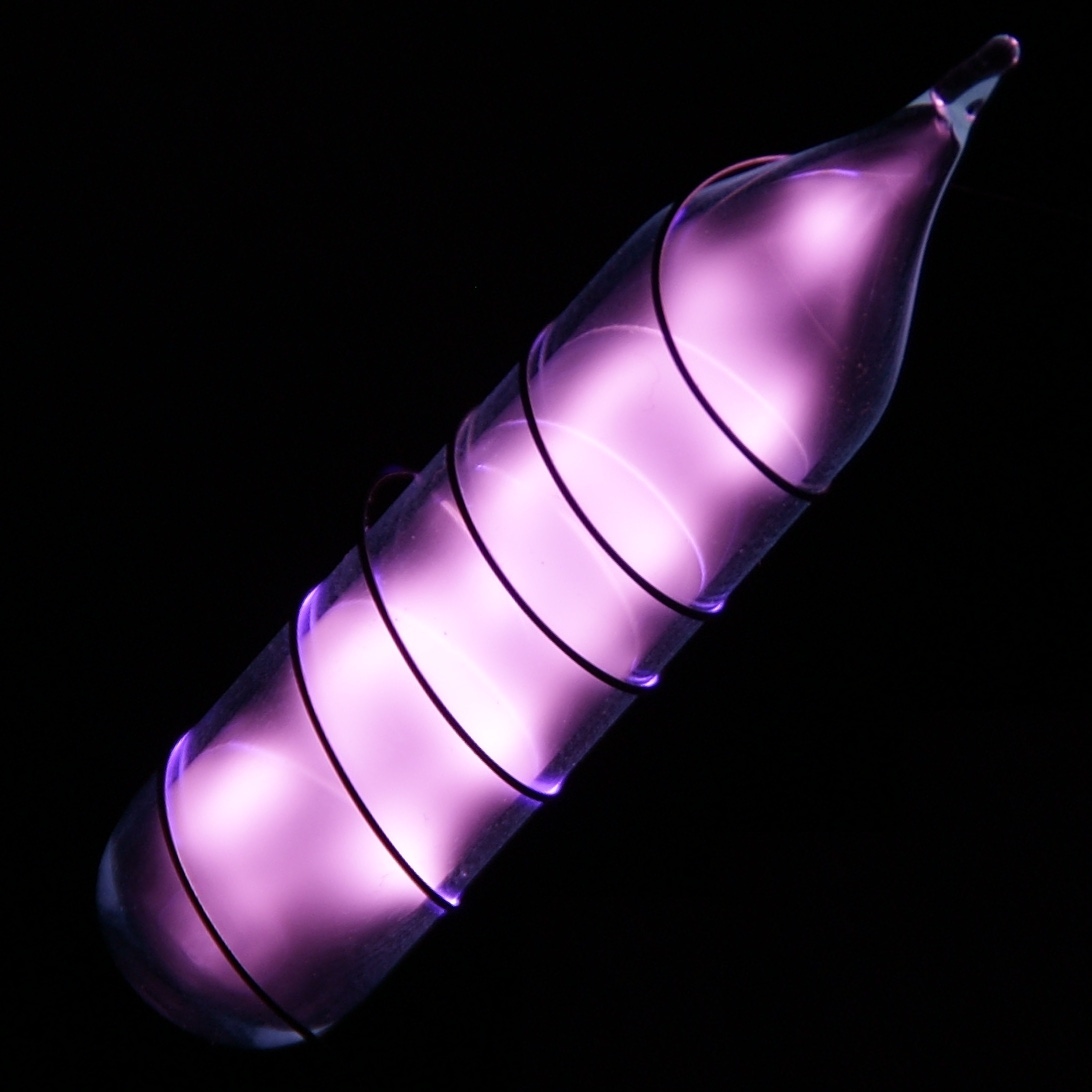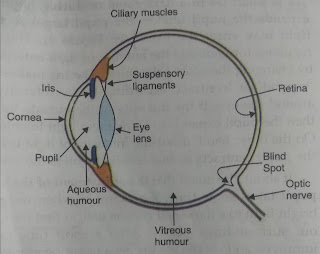FIRST FIVE ELEMENTS
We all are aware or might have heard about the names of 118 elements and the periodic table. We might know the positions of the elements in the periodic table but do we know some of the properties of these elements. Here I have tried to give you some of the properties of first five elements of the periodic table. They are as follows-
1) HYDROGEN
- LATIN NUMBER- HYDROGENIUM
- ENGLISH NAME- HYDROGEN
- YEAR DISCOVERED- 1766
- DISCOVERED BY- HENRY CAVENDISH
- NUMBER OF ELECTRON- 1
- NUMBER OF PROTONS- 1
- NUMBER OF ELECTRONS- 0
Hydrogen is a chemical element of symbol- 'H' and has atomic number of 1. The atomic weight of hydrogen is 1.00794u, Hydrogen is the lightest element of the periodic table. It is the most abundant element in the universe. It is a monoatomic element.
2) HELIUM
- LATIN NUMBER- HELIUM
- ENGLISH NAME- HELIUM
- YEAR DISCOVERED- 1895
- DISCOVERED BY- Pierre Jules Cesar Janssen, Joseph Norman Lockyer
- NUMBER OF ELECTRON- 2
- NUMBER OF PROTONS- 2
- NUMBER OF ELECTRONS- 2
- MELTING POINT- (-272.2℃)
- BOILING POINT- (-268.9℃)
- BLOCK- p-block
Helium is a chemical element of symbol- 'He' and has atomic number of 2. It is a colorless, odorless, tasteless, non-toxic, inert, monoatomic gas that occupies the topmost group of the noble gases. It's boiling and melting points are the lowest among all the elements. It's atomic weight is 4.0026(g/mole).
3) LITHIUM
- LATIN NUMBER- LITHIUM
- ENGLISH NAME- LITHIUM
- YEAR DISCOVERED- 1817
- DISCOVERED BY- Johan August Arfwedson
- NUMBER OF ELECTRON- 3
- NUMBER OF PROTONS- 3
- NUMBER OF ELECTRONS- 4
- MELTING POINT- (180.5℃)
- BOILING POINT- (1342.0℃)
- BLOCK- s-block
Lithium is a chemical element of symbol- 'Li' and has atomic number of 3. It is a soft silver-white metal belonging to alkali metal group.
4) BERYLLIUM
- LATIN NUMBER- Beryllium
- ENGLISH NAME- Beryllium
- YEAR DISCOVERED- 1798
- DISCOVERED BY- Louis-Nicolas Vauquelin
- NUMBER OF ELECTRON- 4
- NUMBER OF PROTONS- 4
- NUMBER OF ELECTRONS- 5
- MELTING POINT- (1278.0℃)
- BOILING POINT- (2970.0℃)
- BLOCK- s-block
Beryllium is a chemical element with symbol 'Be' and atomic number 4. It is a relatively rare element in the universe. It is created through stellar nucleosynthesis.
5) BORON
- LATIN NUMBER- BORUM
- ENGLISH NAME- BORON
- YEAR DISCOVERED- 1808
- DISCOVERED BY- Joseph Louis Gay-Lussac, Louis Jacques Thenard, Humphrey Davy
- NUMBER OF ELECTRON- 5
- NUMBER OF PROTONS- 5
- NUMBER OF ELECTRONS- 6
- MELTING POINT- (2075.8℃)
- BOILING POINT- (3926.8℃)
- BLOCK- p-block
Boron is a metalloid chemical element with symbol 'B' and atomic number 5. It is a low-abundant element both in solar system and earth's crust. It is formed by cosmic ray spallation and supernovae.
THANK YOU for reading. The properties of other elements will be uploaded soon and their will will also be dropped.
STAY TUNED :)
Suggestions can be given in the comment section.






Comments
Post a Comment